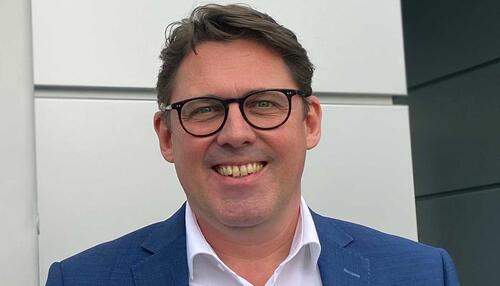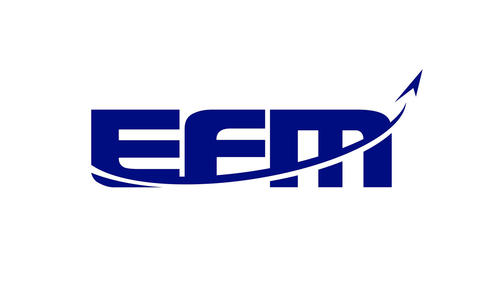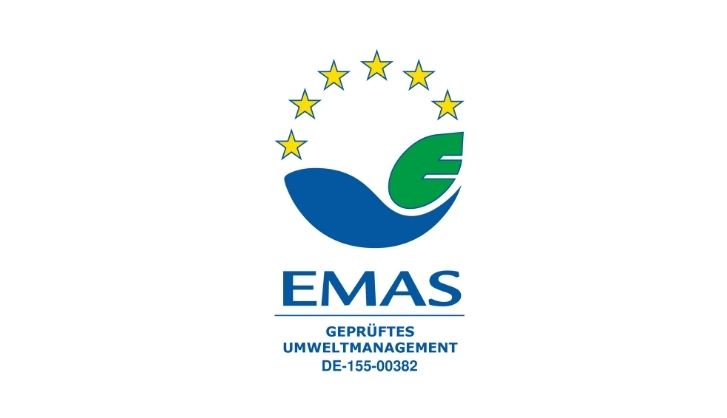EFM has specialized in aircraft moving (pushback and towing), de-icing and air conditioning services since 1992. Each year, our 160 tractor drivers and de-icers move more than 200,000 aircraft and carry out up to 15,000 de-icing operations. As a subsidiary of Lufthansa and Flughafen München GmbH we treat quality and the satisfaction of our customers as our top priority while strictly limiting the environmental impact of our operations.
We also share our expertise with other groundhandling companies, airports and airlines. We provide training, act as consultants and offer technical support.






